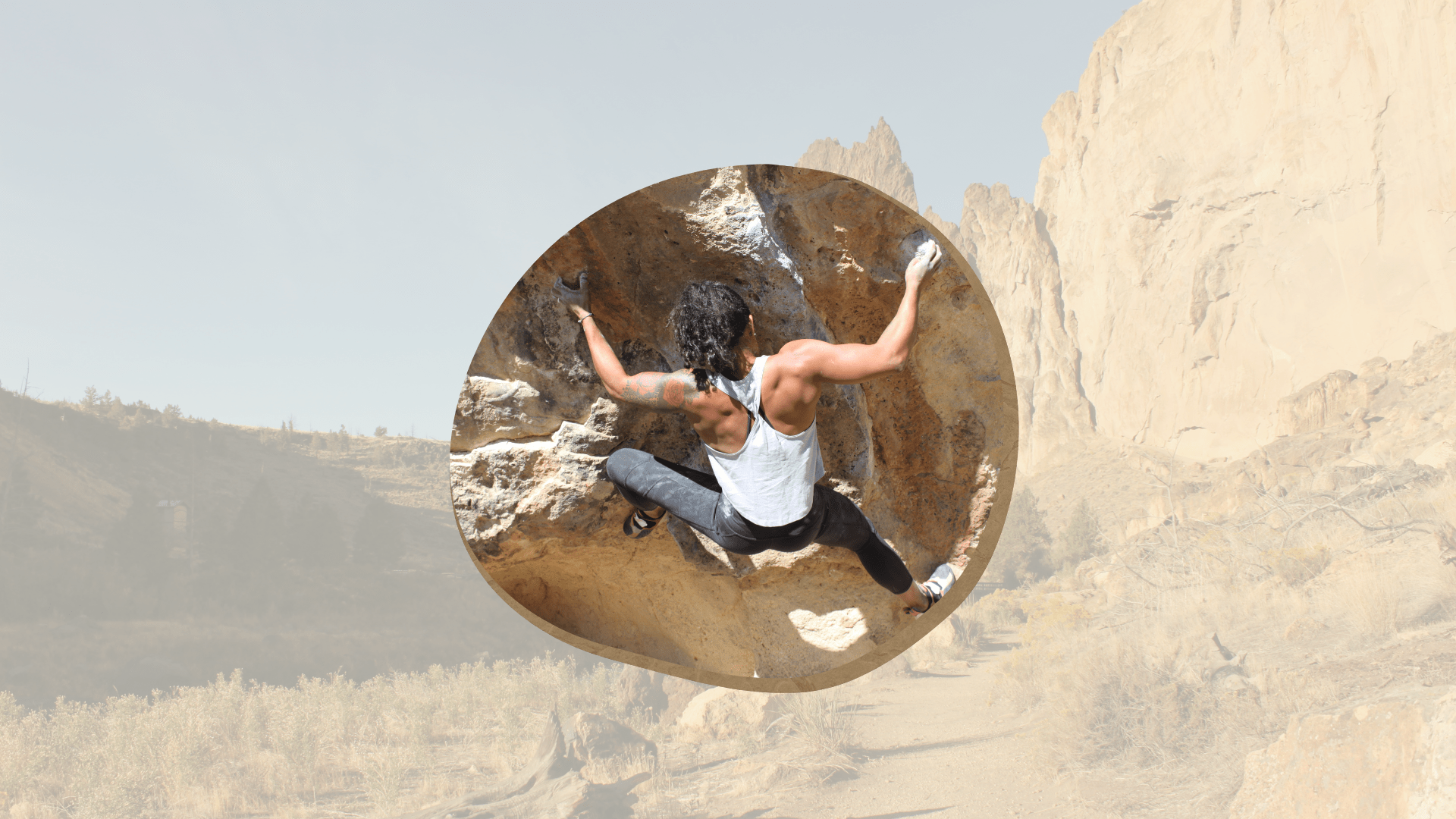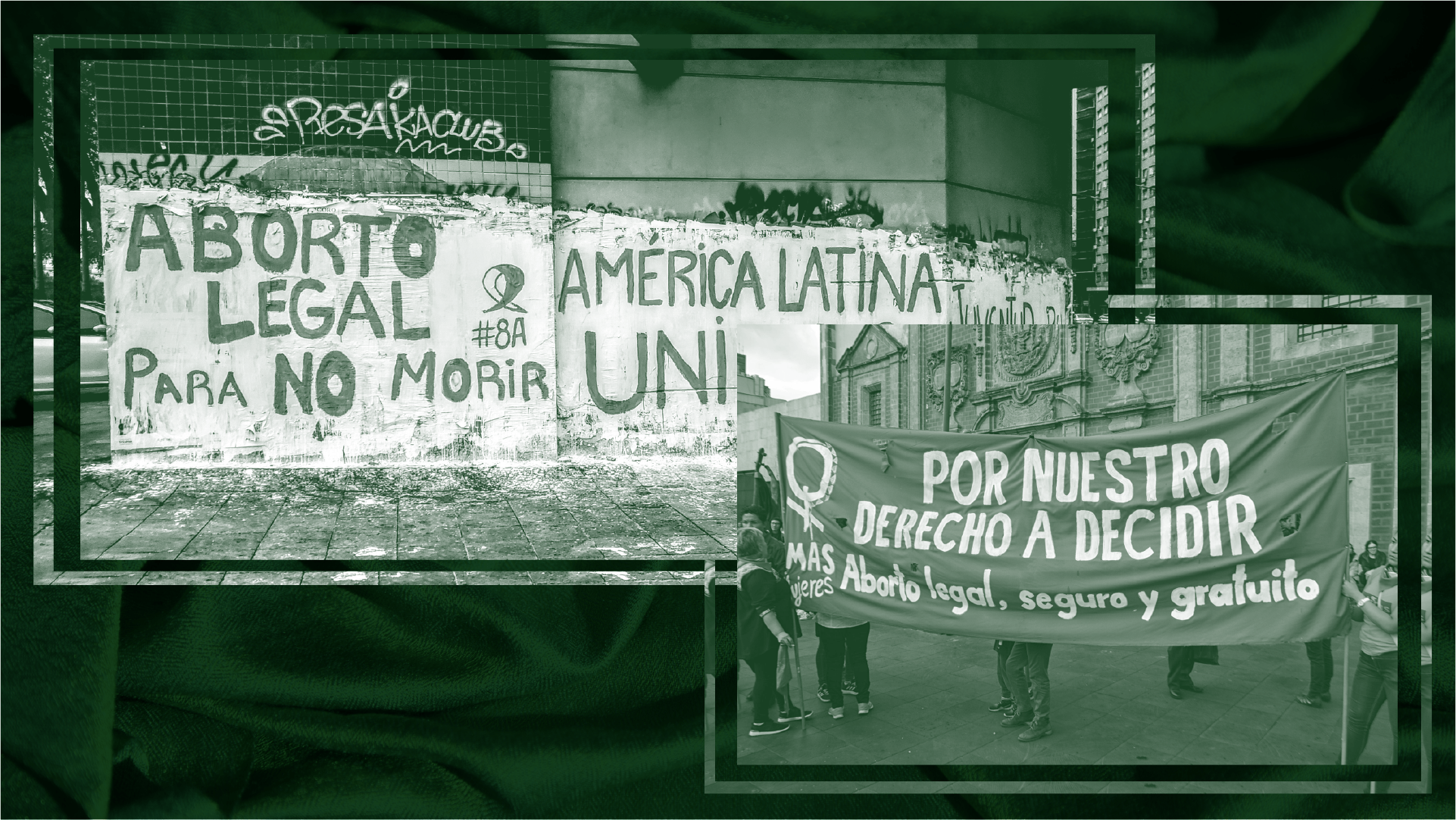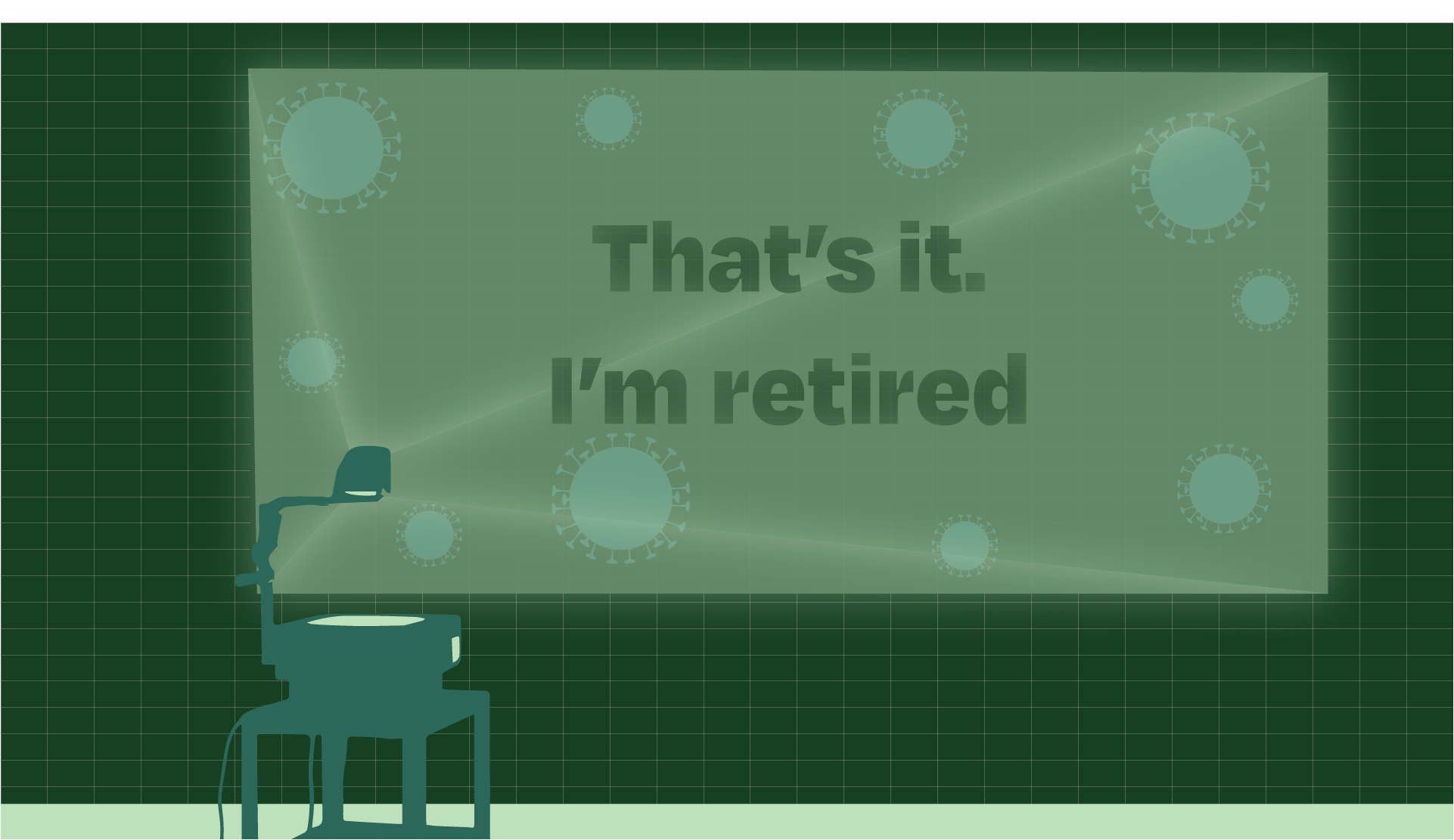
Professional Climber Maiza Lima Knows What’s In a Name
The climbing community has grappled with discriminatory route names and other issues for years. So rising star Maiza Lima named her own.
Maiza Lima stands at a parking lot ready for a morning of bouldering, or what the climbing model calls “pebble wrestling.” The iconic walls of Smith Rock, Oregon — often called the birthplace of American sport climbing — stand in front of her. Lima, an up-and-coming climber challenging exclusionary histories in the sport, kindly traded in her sport climbing ropes for crashpads to climb boulders with me and a few fellow inexperienced climbers who still lack the necessary rope skills to hop on Smith Rock’s sheer cliff faces.
Unconcerned with the rated difficulty of the routes, Lima constantly seeks a challenge. The morning is dotted with her laughter, words of encouragement and, “Let’s find something hard.” But Lima makes hard look easy. She climbs with grace, engaging every muscle and making movement look effortless. She has ascended in the climbing world with a similar semblance of effortlessness, but behind endless Instagram posts of smiles and success lies the challenge of injury, time constraints, and a white male-dominated culture that can be incredibly intimidating.
Lima, a social butterfly, sometimes finds herself working out hard routes alone. She described working on one of her hardest projects near Great Falls, Montana, where she now lives and is one of few women who climbs: “Nobody wanted to project it with me. I had to believe it by myself.”
Originally from Alacilândia, a remote town in the Brazilian state of Pará, Lima moved to the Seattle area with her mother when she was 17. For Lima, rock climbing was a novelty of life in the Pacific Northwest. After first trying it in 2014, life quickly began to revolve around the sport. Lima made fast, impressive gains.
“When I had the confidence that I could climb without crying on the wall,” she said, “it was the first time I realized I’m actually a strong climber.”
Within one year of climbing, Lima scaled an outdoor 5.12, a milestone grade to which many sport climbers aspire. In sport climbing, difficulty ratings begin at 5.5 and go up to 5.15, and each grade is increasingly difficult. The climb, Culture Shock, was a breakthrough — confirmation she was strong and ready to set her sights on higher goals. Five years later, Lima took on her most challenging project yet: A 5.13B on Dante’s Wall in Montana’s Big Belt Mountains. Her successful ascent of that climb, Between Heaven and Hell, opened a floodgate of recognition and opportunities.
But it isn’t just Lima’s athleticism that has drawn attention. Lima’s personable nature and fluency in connecting with others has made her a climbing role model for people across the climbing community — she shares frequent climbing updates with over 10,000 Instagram followers. Her sponsorships and climbing modeling have also made her a familiar face on content from brands like Marmot and La Sportiva.
Though her relationship with brands has bolstered her visibility in the climbing world, Lima said such partnerships come with external expectations and awaken certain insecurities.
“For me it’s not just about feeling accomplished,” she said, “but about climbing hard enough to feel confident around people and feel like I can do this, or I’m worth it, or I’m sponsored, but I know I can climb too.”
Lately, Lima has been reflecting on her experience as a Black woman in the climbing world, using her platform to speak about the importance of inclusion in climbing and route development. She recently appeared in an REI short, “What’s in a Name?” where she explains the emotional challenges of facing routes with discriminatory names and shares her own process of naming a route she bolted and first ascended. She chose the name American Dream.
View this post on Instagram
This interview has been edited for length and clarity.
When you started climbing, what was it that captivated you about the sport and made you keep coming back?
Adrenaline. That was the first thing. It was a feeling that I never had before. Although you have fears and adrenaline, you also feel safe in a way. And pushing myself, being able to for the first time see myself as someone that was a strong person was captivating.
What does strength mean to you and how has climbing helped you discover strength within yourself?
I never believed in myself in any way — I never played sports growing up because I never had the opportunity, but I always wanted to. It was hard to see myself as someone strong. I was the high heel, short dress party kind of person. It’s hard when you start climbing because the first thing you think is “I’m not strong enough.” But the more you start doing things, the more you believe you’re capable of being stronger.
I have strengths I never knew about. In climbing you find different strengths. Some people, they’re really good at foot work. And it’s not just about physical strength — it’s personal strength — you can be good at foot work, good at crimping. I was good at pull-ups, so I was like, “that must be good for climbing somehow.”
My confidence has grown one thousand percent after I started climbing and getting recognition for being strong or looking strong or pushing this sport for myself and for the Brazilian community, especially in Seattle. Because I was like the only one.
There is a down side. A lot of my culture, people come to me and are like “you better stop climbing because you’re starting to look like a guy.” It’s not flattering to hear that. You feel ashamed and embarrassed and you look at your body differently, you never look good in a dress again, but I think it’s how you learn to look at yourself. This body takes me heights, and it’s amazing, and I love it the way it is.
The climbing community is a pretty white- and male-dominated space. Did you ever feel intimidated by this as a new climber, or even now, and what or who has made you feel at home in the climbing world?
When I started, no. I looked up to anybody that could climb harder than me — never felt intimated, was just there for fun, trying to learn my best. More recently, I’m getting more intimidated. Because now people see me more. I have sponsors and people are trying to test me and see how hard I can climb and all these white dudes are strong and young and have been climbing forever and are supernatural, and they can outclimb me any day. That’s hard. I feel a lot of judgement and I’m struggling a lot, honestly, recently with that — mentally and physically — it affects you in so many ways.
But there’s also people that are there to support you, and amazing organizations like She Moves Mountains for example — they wanted me so bad because they wanted diverse guides and more diversity in climbing, and having diverse guides means that people feel safer coming to that space. I think there are amazing people doing great work out there and making sure to tell people that this is a safe space. But there’s always going to be the intimidation of people that are tall, strong, and can crush anything and are always trying to challenge you, “why can’t you climb harder, you’re sponsored and I’m not?” I think it’s always going to be like that.
So many things have changed with the pandemic. What have you reflected on in terms of your climbing from the past year, and what do you hope to take moving into the year ahead?
Last year was just tough, but because of the pandemic I was able to stay home and train. That’s when I sent my two hardest grades because I had consistency. That’s the most important thing in climbing — being consistent.
After things got a little bit better, I was gone all fall doing one photoshoot after the other, traveling from one place to the other. I lost a lot of strength and a lot of — everything. Confidence? A lot of confidence goes away. I haven’t trained since I’m always gone, traveling, and so busy. I’m trying to learn how to balance a little bit more my life and only say yes to the right opportunities, not to everything.
I’m struggling right now a lot with learning how to make this a sustainable lifestyle, being gone for so long. I’m sitting here for a week being able to climb, why am I not incorporating training? I’m like, “I’m going to do that when I go home, but then I get home and want to go crazy and push myself way farther than I should, then I get injured. How can I balance this? I think, for me, most likely it’s getting a coach — someone who’s got more knowledge and can help me navigate this, because I don’t think I can do this by myself.
Who have been your climbing mentors throughout your climbing life?
I haven’t had one. I talk about this a lot because I’ve always been kind of on my own journey — never had anybody take me under their wings ever. I always say I would’ve been a way more stronger climber if I had someone who could teach me things about climbing that I didn’t know when I started, didn’t know until last year, and things that I still don’t know. When I learn them, I’m like, “If I knew this” — if I knew that bouldering was great, I would’ve started when I started climbing and incorporated it into my training, I would’ve been stronger since then, not starting two years ago. I haven’t had anybody I can say is a mentor. Guess I’m still looking.
At this point you are a role model to other climbers – especially women in climbing and Latina women in climbing. What do you hope that other climbers draw from your own story and experiences?
To not take things for granted. Climbing is a privileged sport, and I’m very privileged to be able to climb. You have to have access to gear and access to the outdoors, and you have to travel and spend a lot of money whether or not you want it. There are ways to make it cheaper, that’s dirtbagging, and to be a dirtbag, you’re still privileged because you’re living out of your car, not having a job or a full-time job.
Growing up without having access to any sport, growing up in so much poverty, and now just having all this access — I want to make sure that people don’t take climbing for granted — or any sport, access to any sport for granted because it’s a huge privilege for us that we have that we have the outdoors. We’re destroying it in a sense, yes we are, but it’s what also brings joy to people, so there’s got to be a balance somewhere. I think, try to destroy less of the outdoors and not take it for granted.

